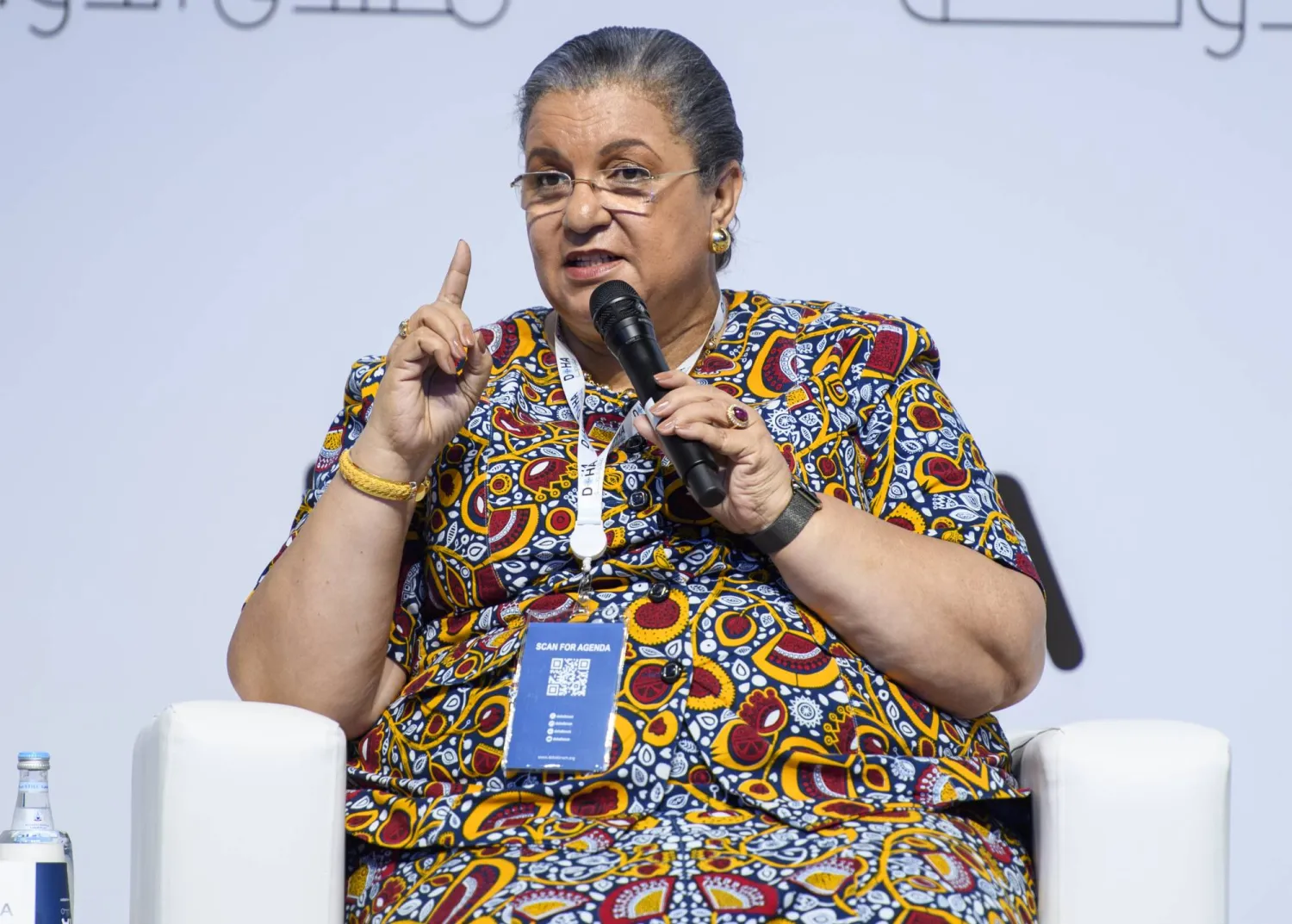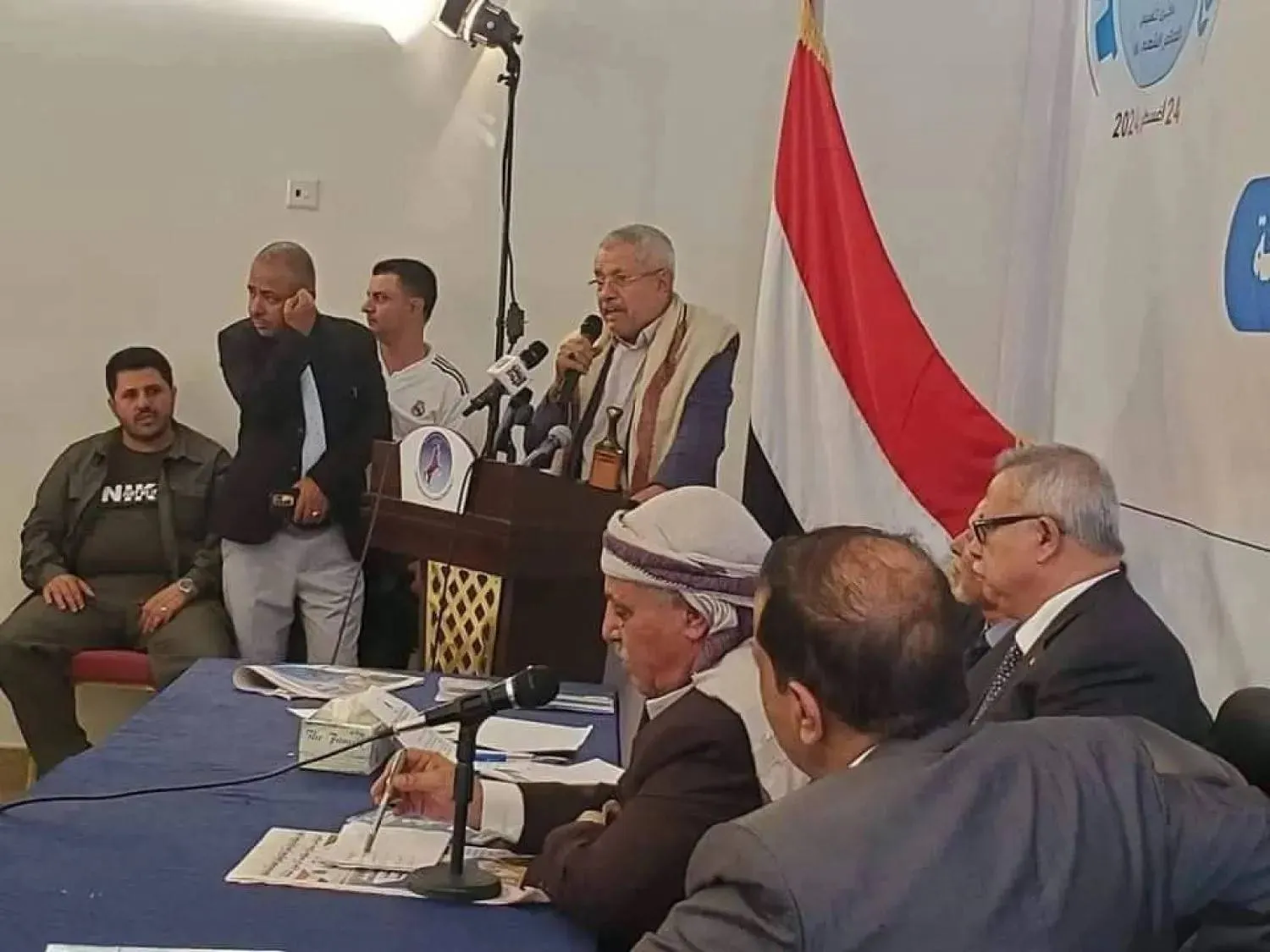The Iran-backed Houthi group unilaterally released on Sunday Yemeni military commander Major General Faisal Rajab eight years after his arrest.
Rajab’s release is stipulated in United Nations Security Council 2216.
He was detained by the Houthis in 2015 when they were attempting to occupy Aden city, now the interim capital.
UN envoy to Yemen Hans Grundberg welcomed the release, tweeting: “I appeal to all parties to build on the progress achieved and intensify the efforts to release all detainees, based on the ‘all for all’ principle as stipulated in the Stockholm Agreement.”
The government warily received the development, saying the Houthis were simply trying to improve their image and drive a wedge between their rivals.
The Houthis claimed that Rajab was released at the initiative of their leader, Abdulmalek al-Houthi.
In the build-up to his release, Houthi media had claimed that the government had abandoned him during the latest prisoner swap negotiations. The government denied the allegations.
Government loyalists described the release as “theatrics”, but still welcomed the initiative and called on the Houthis to free more than thousands of other prisoners according to the “all for all” principle.
A four-member delegation of tribes from Rajab’s Abeen province had traveled to Houthi-held Sanaa to mediate his release with the group. The government said the move was planned so as to polish the Houthis’ image.
A Houthi official said Rajab was being released in honor of the tribal delegation.
Abdul Baset Al-Qaedi, undersecretary at Yemen's Information Ministry, revealed that the governor of Abeen was appointed by the Houthis and every member of the tribal delegation that was in Sanaa “is insignificant and has no influence.”
He told Asharq Al-Awsat that the Houthis had refused to release Rajab in the last prisoner swap.
Rather they opted to free him “in the dramatic fashion that we saw play out in boring detail in the media,” he added.
He accused the Houthis of lying when they claimed that the government had disregarded Rajab and did not negotiate his release during the last swap.
Resolution 2216 calls for the release of Rajab; former Defense Minister Mahmoud al-Subaihi; Nasser Mansour Hadi, the brother of former President Abdrabbuh Mansur Hadi; and leading al-Islah Party member Mohammed Qahtan.
Subaihi and Nasser were released during the latest prisoner exchange between the government and Houthis.
The Houthis continue to oppose the release of Qahtan or even allow him to communicate with his family. Rajab reportedly was allowed to communicate with his loved ones only twice during his eight years in prison, said informed government sources.
Fayyad al-Numan, another undersecretary at the Information Ministry, welcomed Rajab’s release.
Such humanitarian files should not be used by the Houthis for political and media extortion, he urged.
The Houthis, he added, continue to “prioritize their discriminatory agenda above all Yemeni interests.”
Rajab’s release is a “failed attempt by the Houthis to improve their ugly image that is stained by the blood of the Yemeni people,” he stated.
“The Houthis are continuing to exploit the prisoner and abductee file to make false media and political gains,” he added.









